The mystery of leadership - Part Five
In this post I am going to continue discussing the practice of Situational Leadership. In the previous part of this series I detailed Step 1 of the model (defining the task) and Step 2 (assessing performance readiness). This post will deal with Step 3, which is selecting the appropriate leadership style.
We have to answer a question here: how can I help my colleagues as a leader? Well the good answer starts again with "it depends" - obviously all colleagues are different, therefore we have to handle them somwhat differently.
There are two main leadership behaviors: relationship behavior (motivating, reinforcing, encouraging, sharing etc.) and task behavior (deadlines, giving feedback, controlling, giving guidelines, etc.). With the former, I would be asking open ended probing questions, whereas with the latter I will be more specific and ask “when, what, how, etc.”.
One “W” was missing from the previous list: WHY. That’s a bridge between the two behaviors. We literally graph relationship behavior vertically and task behavior horizontally. We map these out and have four combinations:
The leader's style is always a combination of task-related and relationship behaviors. Please not that LOW does not equal NO. This means that LOW never goes to zero. As leaders we can do a very poor job, but we never disengage. This is why many cases they depict these four styles with a bell-shaped graph:
As you can see above even your Hero (the colleague who is able to work without any guidance) needs some support, it is good if you give positive feedback and acknowledge his efforts.
And now we can put it all together. The ultimate goal of Situational Leadership is to get both success and effectiveness. This is where I go for the match. I want to match performance (the readiness level of my employee) with the appropriate leadership style.
S1 works best with the Newbie and with the Party Killer, too (R1: low ability, low willingness)
S2 is ideal for Mr Uncertain (R2: low ability, high willingness)
S3 is appropriate for Survivor (R3: high ability, low willingness)
S4 is best for the Hero (R4: high ability, high willingness)
This model is not static. Don’t pigeon-hole people in one readiness level. It’s always task-specific. I can be between R1 and R2 in one task (I am willing to try, but I am hesitant – unable and hesitant) and R4 in another.
You have to know that the process goes backwards, too. There can always be performance slippages, even a Hero may drop in his performance.
Let me show you a movie example, of Situational Leadership. The first version of the Karate Kid movie is a great example of this model.
Miyagi and Daniel set a "contract". Miyagi teaches him to fight, and Daniel will follow instructions without asking questions.
Miyagi starts with breaking down major tasks into very simple steps (Daniel does a lot of jobs around Miyagi's house), the Master gives out short instructions, without any further explanation. This is pure S1 style, he is "testing" Daniel if he is committed enough to go with him on the journey of learning to fight.
After a while Daniel gets fed up with these household duties and starts asking questions. "When are we going to learn Karate?" Miyagi remains calm and tries to give him the "big picture", he shows him, why he made him practice these simple steps. He puts the entire learning into a context and start giving out reasons. This is a nice example of the S2 style.
They practice a lot, but from this time on Miyagi gives more explanations, he lets Daniel see behind the curtain, and also motivates him to develop further. It shows that the S2 style is the most energy-consuming from the leader. You cannot let your colleague alone, because there are a lot of things he doesn't know, you have to be present, ready to answer questions, motivate any good initiations that show up, etc. This takes a lot of energy, but if you are good, the skill level of your employee will develop significantly.
At the "birthday scene" Miyagi is not teaching Daniel, but giving him presents for his birthday. They just talk and get to know each other better. Miyagi encourages him and motivates him by for example giving him a nice outfit for the upcoming fighting competition. This is a good example of the S3 style: the leader is not giving detailed direction, but he is there to support the employee.
Finally there is the conpetition day. Daniel is prepared for the fight and Miyagi show a nice example of the S4 style by sending him to the tatami with only one sentence: "Do not let them hit you". He is confident that Daniel can do it, therefore he does not need any instructions.
Well Situational Leadership really works. It is a simple but great tool for leaders who yould like to develop and motivate their employees.
If you are interested in the previous parts of this series, you can find them here:
https://steemit.com/leadership/@ksolymosi/the-mystery-of-leadership-part-one
https://steemit.com/leadership/@ksolymosi/the-mystery-of-leadership-part-two
https://steemit.com/leadership/@ksolymosi/the-mystery-of-leadership-part-three
https://steemit.com/leadership/@ksolymosi/the-mystery-of-leadership-part-four
Sources of pictures:
Picture 1
Picture 2
Picture 3
The rest of the pictures were taken from the film Karate Kid (1984): http://www.imdb.com/title/tt0087538/

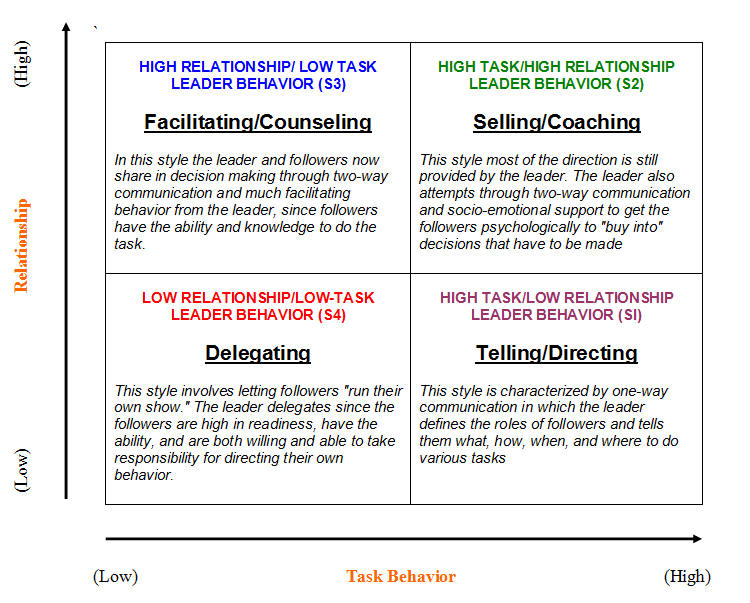
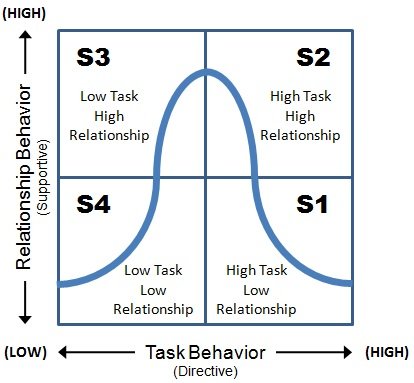
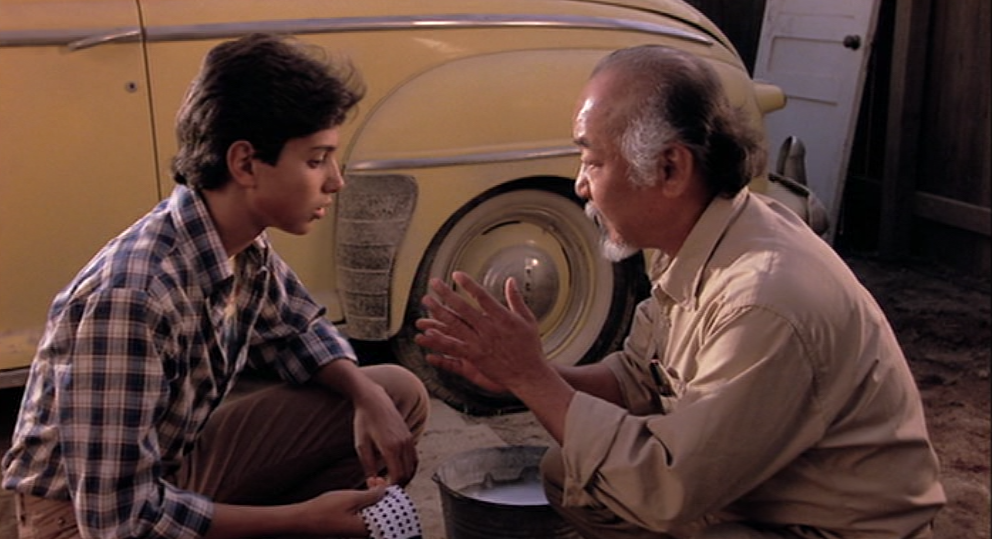
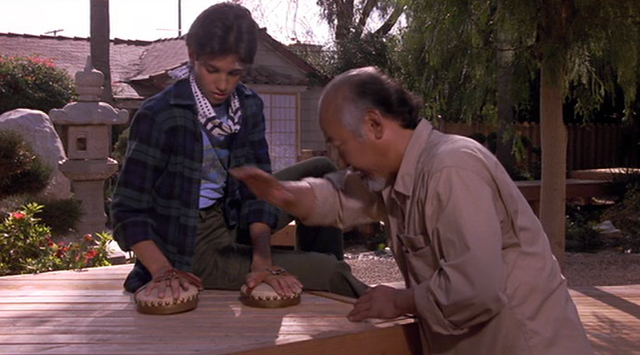
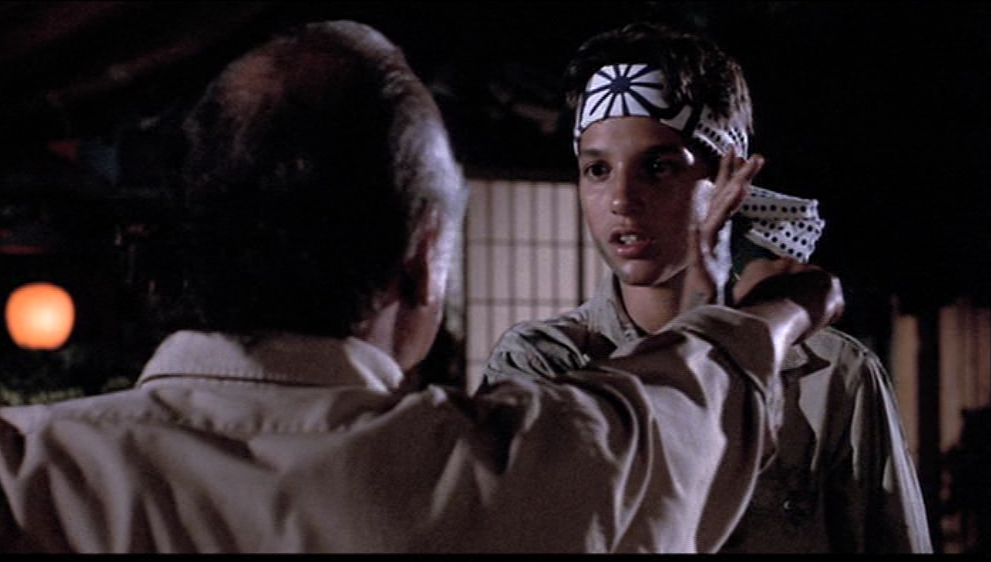
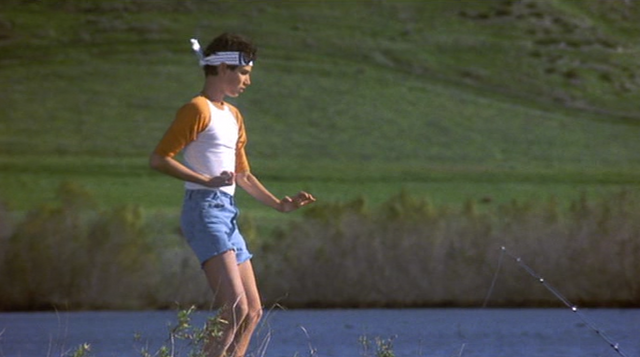
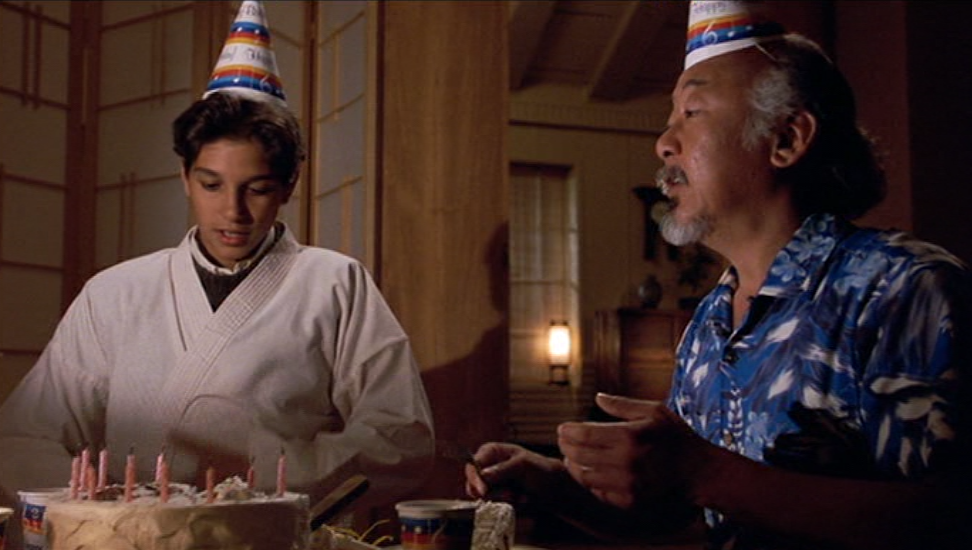
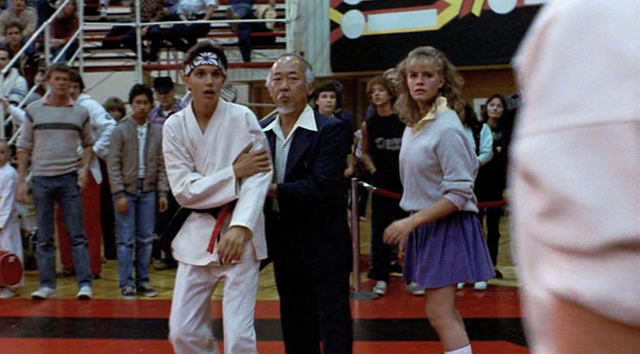
Descriptive, meaningful, interesting ... Congratulations. I'm interested in following your next publications. You are writing very well and the themes you are developing are great! Greetings!
Thanks a lot! Greetings to you as well!
This post has received a 5.31 % upvote from @buildawhale thanks to: @ksolymosi. Send at least 1 SBD to @buildawhale with a post link in the memo field for a portion of the next vote.
To support our daily curation initiative, please vote on my owner, @themarkymark, as a Steem Witness
This post has received gratitude of 6.31 % from @appreciator thanks to: @ksolymosi.